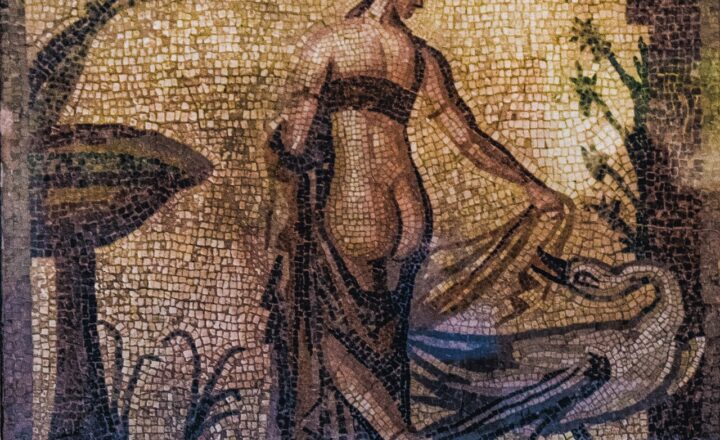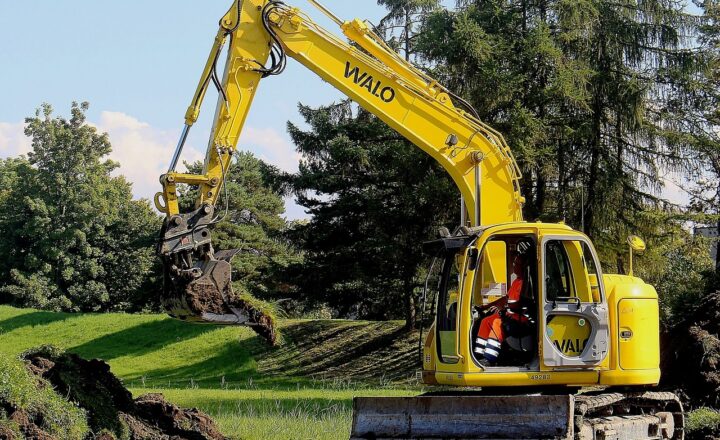The Mysterious Stone Spheres of Costa Rica: Art or Ancient Message?
November 15, 2024

Costa Rica is known for its breathtaking landscapes, diverse wildlife, and rich cultural heritage. However, hidden within its lush tropical forests lies a remarkable mystery that has intrigued archaeologists, historians, and travelers alike—the enigmatic stone spheres of Costa Rica. These spherical stones, some weighing several tons and measuring up to two meters in diameter, have sparked a multitude of theories regarding their purpose and origins. Are they mere artifacts of artistic expression, or do they hold a deeper, perhaps more significant ancient message?
1. The Discovery of the Spheres
The story of the stone spheres began in the 1930s when the United Fruit Company was clearing land for banana plantations in the Diquís Delta region. As workers used their bulldozers, they stumbled upon the perfectly round stones, leading to widespread curiosity about these peculiar artifacts. In total, over 300 spheres have been discovered, with sizes ranging from a few centimeters to over two meters in diameter.
Archaeologists and experts soon began to study the spheres, noting that they were made of a type of granite known as granodiorite. The complexity of transporting these heavy stones, especially given the primitive tools of ancient civilizations, raised questions about the skills and capabilities of the people who created them. How were these spheres shaped and moved? What significance did they hold for the communities that crafted them?
2. Theories and Interpretations
The purpose of the stone spheres has sparked numerous theories, ranging from artistic to astronomical interpretations. Here are some of the leading theories proposed by researchers:
- Artistic Expression: Some experts believe that the spheres were crafted for decorative purposes, displaying the artisan skills and aesthetic sensibilities of their creators. This theory aligns with the cultural context of pre-Columbian societies, which valued artistic expression through various forms, including ceramics and stone carvings.
- Markers of Status or Power: Another theory posits that the spheres served as symbols of power and status. Their size and weight suggest they were significant items that could represent wealth or authority within ancient communities. This could explain the careful placement of these spheres in specific locations across the landscape, perhaps denoting territories or important sites.
- Astronomical Alignments: Some researchers have advanced the theory that the spheres hold astronomical significance. Certain alignments of the spheres may have been used for celestial observations, which were essential for agriculture and navigation. Their spherical shape could symbolize celestial bodies, implying a connection between the earth and the cosmos.
- Religious or Ceremonial Use: The spheres might have served a religious or ceremonial purpose, forming part of rituals or offerings. Their placement in sacred sites suggests a connection to the spiritual beliefs of the communities that created them. Rituals involving these objects may have been significant in connecting the people to their ancestors or deities.
While the true purpose of the spheres remains uncertain, the debate sheds light on the rich tapestry of beliefs and practices in ancient Costa Rican cultures.
3. The Cultural Context
Understanding the cultural context of the stone spheres requires a glimpse into the civilizations that thrived in the region. The spheres are thought to date back to around 500 AD to 1500 AD and are linked to the Diquís culture, a complex society known for its advanced agricultural practices, extensive trade networks, and intricate craftsmanship.
The Diquís people constructed communities around these stone spheres, embedding them within their social and cultural fabric. The creation of the spheres likely involved a collective effort of skilled artisans and laborers who valued cooperation and shared cultural beliefs.
While the spheres have attracted visitors and researchers, many indigenous groups in Costa Rica, such as the Boruca and the Bribri, regard the spheres with reverence. They view the spheres as part of their ancestral heritage and identity, reflecting the intricate connections between their narratives, traditions, and the historical past of the region.
4. The Modern Impact
In contemporary times, the stone spheres have captured the fascination of international tourists and researchers. They serve as cultural icons of Costa Rica’s rich heritage, reinforcing the importance of archaeological preservation. Yet, they face threats from urban development and environmental changes, underscoring the need for protective measures to conserve these ancient artifacts.
The spheres are now protected by Costa Rican law, and efforts are being made to educate the public about the historical significance of these artifacts. Museums, such as the National Museum of Costa Rica, display replicas of the spheres and provide context about their history, craftsmanship, and cultural importance.
Furthermore, local communities involved in ecotourism promote guided tours of archaeological sites featuring the spheres, allowing visitors to learn about their significance and contribute economically to the region.
5. Continued Research and Mysteries
Despite decades of study, many questions remain unanswered about the stone spheres. Research continues to uncover new insights into their origins, functions, and the societies that created them. Some archaeologists aim to understand technological methods used by ancient artisans to shape such massive stones.
Moreover, ongoing debates exist about the potential connections between Costa Rica’s stone spheres and similar artifacts found in other regions of the world. For instance, some scholars have drawn parallels between the spheres and megalithic structures in other cultures, igniting discussions about the possibility of shared symbolism and practices across ancient civilizations.
The stone spheres of Costa Rica continue to tease the imagination, embodying the mysteries of the past and connecting us to the stories of those who once inhabited the region. They challenge us to delve deeper into the anthropological and cultural narratives that shaped human history.
Conclusion
The stone spheres of Costa Rica are more than mere curiosities; they encapsulate the profound complexity of indigenous cultures and their intricate relationships with art, power, spirituality, and the natural world. Whether they served as symbols of authority, artistic expressions, or religious artifacts, these exquisite creations hold invaluable lessons about the people who shaped them, reminding us of the importance of heritage preservation as we navigate the modern world.
In a time when ancient artifacts often fall victim to development and neglect, the stone spheres stand resilient, inviting us to reflect on their mysteries and consider what messages they might convey to future generations.







